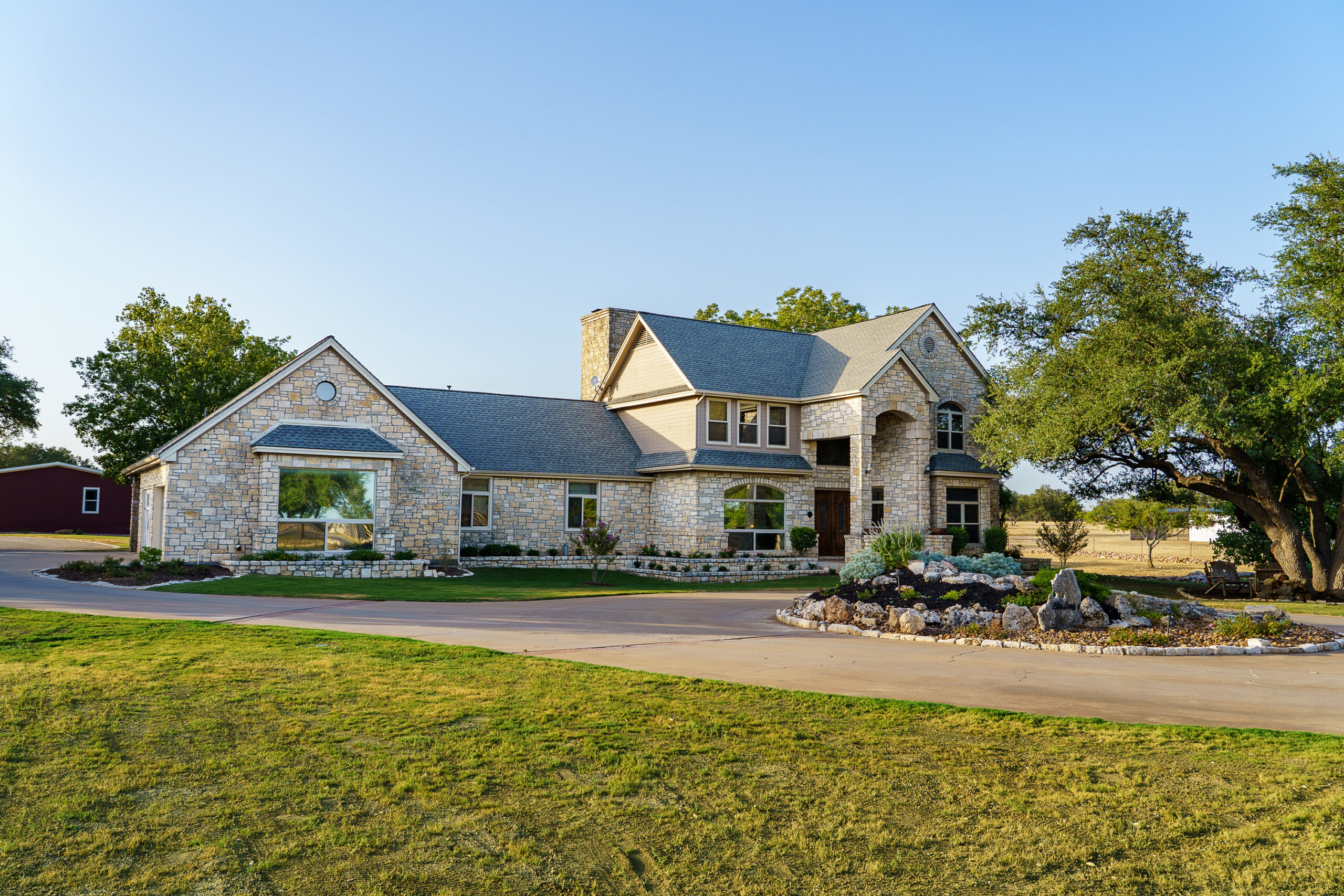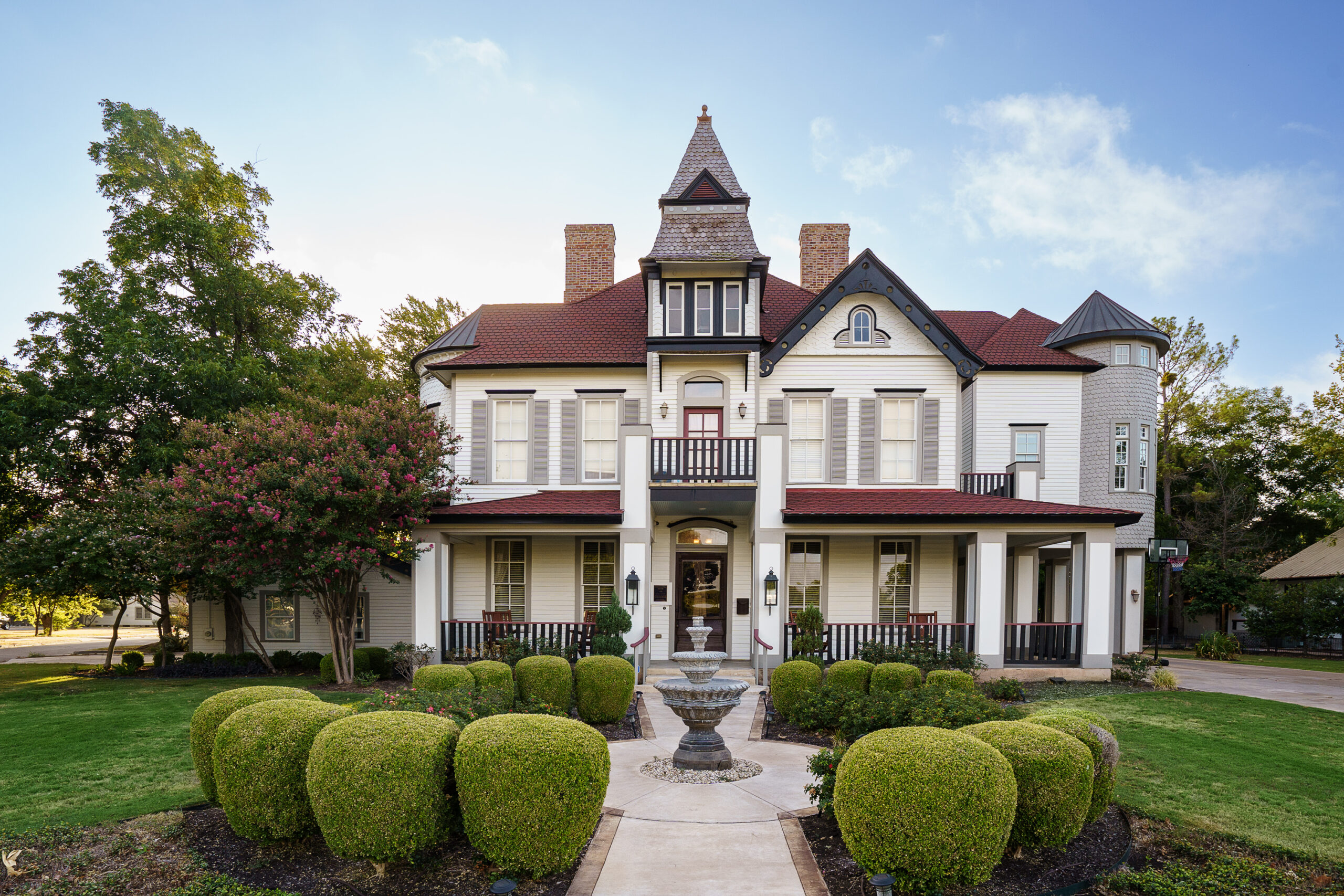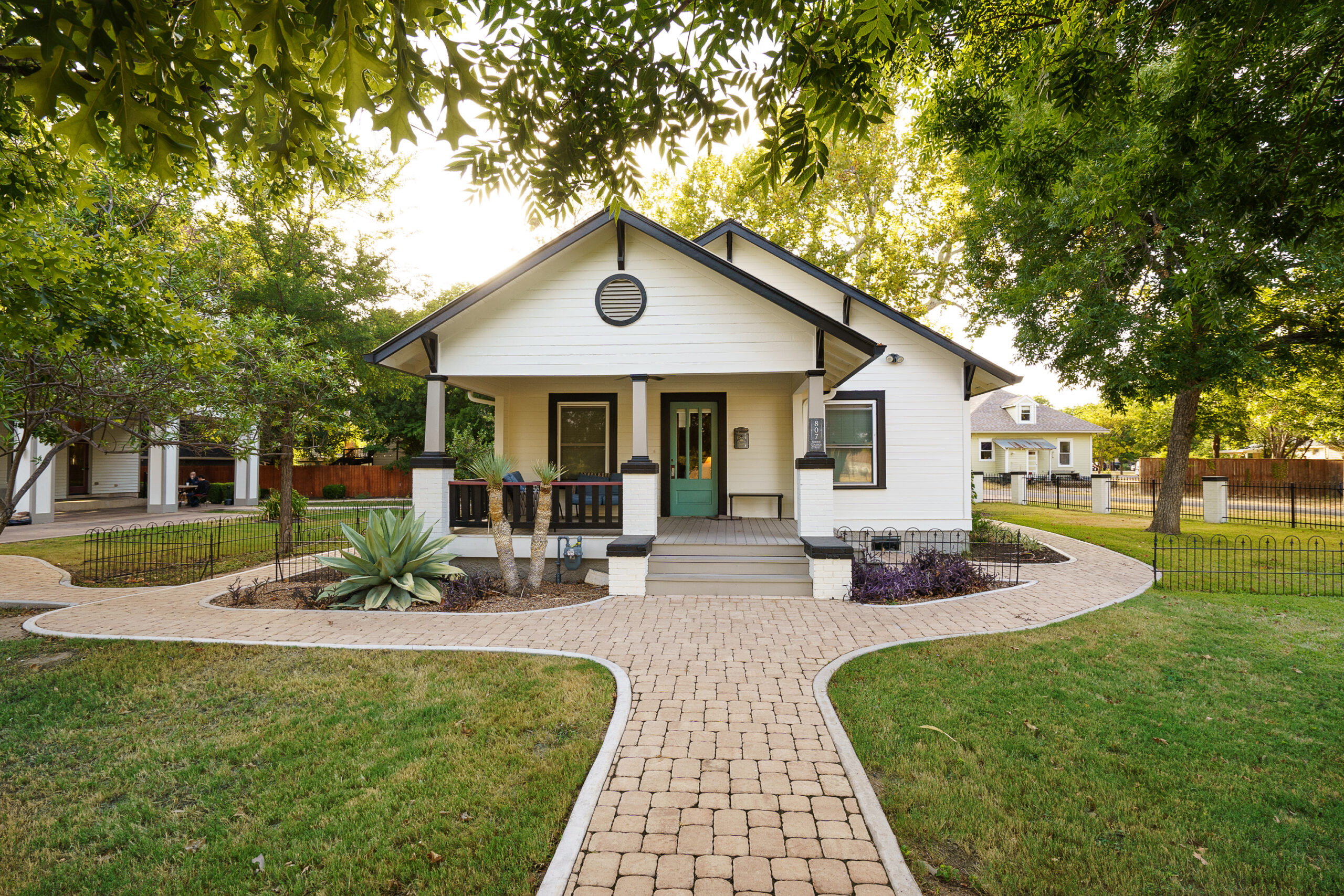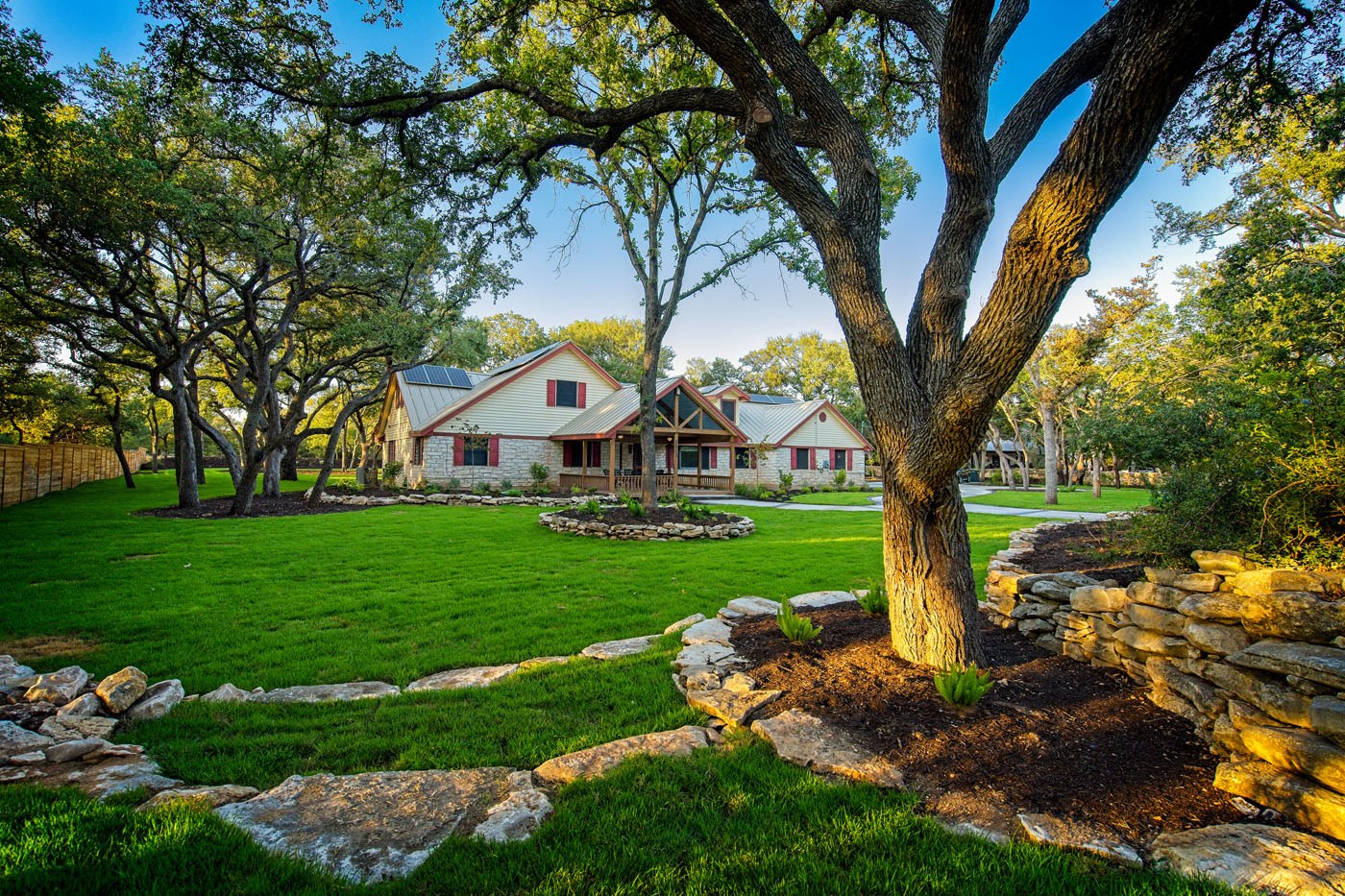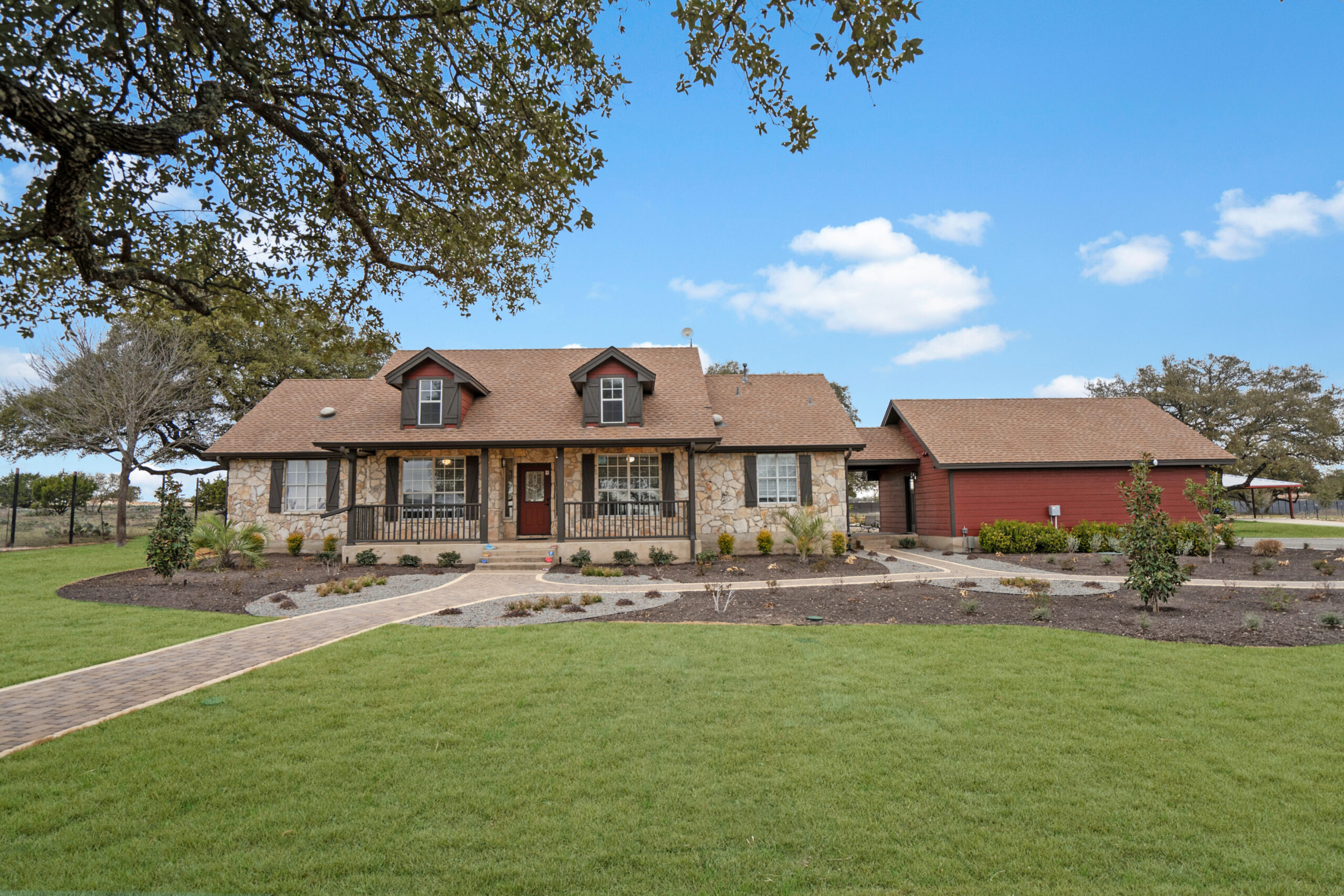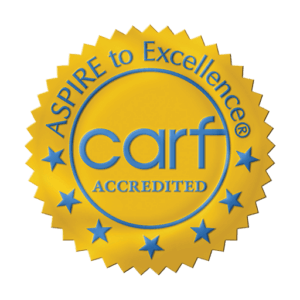
Exploring Treatment Centers for Schizoaffective Disorder
When seeking treatment centers for schizoaffective disorder, it’s imperative to find a haven that not only understands the complexity of the condition but also offers a sanctuary of hope and healing. At Alta Loma, nestled in the serene outskirts of Georgetown, Texas, individuals grappling with this intricate disorder find a comprehensive approach to treatment that emphasizes long-term wellness and recovery.
The Essence of Personalized Care at Alta Loma
In our journey towards facilitating profound healing, the recognition of each individual’s uniqueness stands at the core of our methodology. Schizoaffective disorder, a condition that blurs the lines between schizophrenia and mood disorders, demands a nuanced approach to treatment. At Alta Loma, personalized care tailored to address both the psychotic and mood disorder aspects of schizoaffective disorder ensures that our residents receive the most effective interventions.
Integrated Treatment Approaches
The fusion of evidence-based practices with innovative treatment modalities forms the backbone of our schizoaffective disorder treatment protocol. Cognitive Behavioral Therapy (CBT), Medication Management, and Recreational Therapy are just a few pillars of our comprehensive treatment strategy, which aims to restore balance and foster sustainable lifestyle changes.
Cognitive Behavioral Therapy (CBT)
CBT’s role in treating schizoaffective disorder cannot be overstated. By helping residents understand and reframe their thought patterns, CBT addresses the cognitive distortions that contribute to the disorder’s complexity.
Medication Management
Given the dual nature of schizoaffective disorder, effective medication management is crucial. Our dedicated team works closely with each resident to ensure that medication regimens are optimized to manage symptoms effectively, enhancing their quality of life.
Recreational Therapy
Recreational therapy plays a pivotal role in our treatment approach, offering residents opportunities to engage in activities that promote physical health, social skills, and emotional well-being.
Family Involvement in the Healing Process
Healing from schizoaffective disorder extends beyond the individual; it envelops families and loved ones in a collective journey towards understanding and support. At Alta Loma, we deeply value the integral role families play in the recovery process. Through regular family therapy sessions and educational groups, we ensure that families are equipped with the knowledge and skills to foster a supportive environment for their loved ones.
A Focus on Long-term Recovery
The road to recovery from schizoaffective disorder is a journey of transformation that does not end upon leaving the treatment center. Recognizing this, Alta Loma is committed to providing ongoing support to our residents, facilitating a seamless transition to community living and ensuring they are well-prepared to navigate the challenges of everyday life post-treatment.
Stories of Hope and Recovery
In my years working at Alta Loma, the stories of resilience and recovery have been both humbling and inspiring. From the young man who reclaimed his life from the depths of psychosis to the accomplished artist who learned to manage her mood swings and channel her creativity constructively, the journey of each individual underscores the transformative power of comprehensive care and unwavering support.
- John’s Journey: From Despair to Hope
- Emma’s Empowerment: Art as a Pathway to Recovery
Why Choose Alta Loma for Schizoaffective Disorder Treatment?
Choosing a treatment center for schizoaffective disorder is a decision that can profoundly affect an individual’s recovery journey. At Alta Loma, we pride ourselves on our compassionate approach, specialized care, and commitment to empowering our residents to achieve long-term wellness. Our serene environment, combined with a robust support system and multidisciplinary treatment strategies, makes Alta Loma an ideal setting for those seeking to overcome schizoaffective disorder.
Begin the Journey Towards Healing
If you or a loved one is navigating the challenges of schizoaffective disorder, we invite you to reach out to Alta Loma. Together, we can embark on a journey towards a brighter, healthier future. Contact us today to learn more about our program and how we can tailor our approach to meet your unique needs.

What is the best treatment for schizoaffective disorder?
At Alta Loma, we’ve seen firsthand how a combination of medication management, cognitive behavioral therapy (CBT), and personalized, holistic care approaches provide the best outcomes for individuals with schizoaffective disorder. Each person’s journey is unique, and their treatment should reflect this. Medications can help to stabilize mood and manage psychosis, while CBT addresses the root cognitive distortions and behavioral aspects. Incorporating personalized therapy, such as recreational or vocational therapy, further supports a comprehensive care plan tailored to each individual’s needs and goals.
What are the new treatments for schizoaffective disorder?
Recent advancements in the treatment of schizoaffective disorder include the exploration of integrated treatment programs that emphasize not just medication and therapy, but also lifestyle management, peer support, and the use of technology. For instance, digital tools and apps are becoming more prominent in monitoring symptoms and medication adherence, providing real-time support and feedback. At Alta Loma, we are always on the lookout for innovative approaches to incorporate into our treatment plans, ensuring we offer the most effective and up-to-date care for our residents.
What is the life expectancy of someone with schizoaffective disorder?
It’s a common concern that schizoaffective disorder might impact life expectancy. While challenges exist, with effective, comprehensive treatment and support, individuals with schizoaffective disorder can live fulfilling lives. Key to this is early intervention, ongoing care, and support systems. At Alta Loma, we emphasize a holistic approach that not only addresses the symptoms but also focuses on improving overall quality of life, which can contribute to a lifespan on par with the general population.
Why is schizoaffective disorder hard to treat?
Schizoaffective disorder is particularly challenging to treat due to its dual nature, encompassing symptoms of both schizophrenia (such as hallucinations or delusions) and mood disorder (such as depression or mania). This complexity often requires a highly personalized treatment plan that addresses both sets of symptoms simultaneously. At Alta Loma, our expertise lies in crafting these individualized care plans, ensuring we consider all aspects of a person’s health, from physical and mental to social and emotional, for a more holistic recovery journey.
How important is the therapeutic environment in treating schizoaffective disorder?
The environment in which treatment is provided plays a crucial role in the recovery process for individuals with schizoaffective disorder. A serene, supportive, and structured environment, like that offered at Alta Loma, can significantly impact the effectiveness of treatment. Our serene setting in Georgetown, Texas, provides a peaceful backdrop for healing, while our supportive community and structured programs offer stability and hope. This combination is key to fostering recovery and long-term wellness.
How involved should family be in the treatment process?
Family involvement is integral to the treatment process for schizoaffective disorder. Educating families, involving them in therapy sessions, and providing them with tools to support their loved ones can enhance the recovery journey. At Alta Loma, we involve families through regular communication, education sessions, and family therapy. This not only strengthens the support network for our residents but also empowers families to contribute positively to the healing process.
How do you measure success in treating schizoaffective disorder?
Success in treating schizoaffective disorder is measured by more than just symptom reduction; it encompasses an individual’s overall improvement in quality of life, functionality, and well-being. At Alta Loma, we evaluate success through a combination of clinical assessments, personal goal attainment, and improvements in social, occupational, and educational functioning. Listening to our residents’ feedback about their sense of well-being and ability to manage their daily lives is equally important in gauging treatment success.
